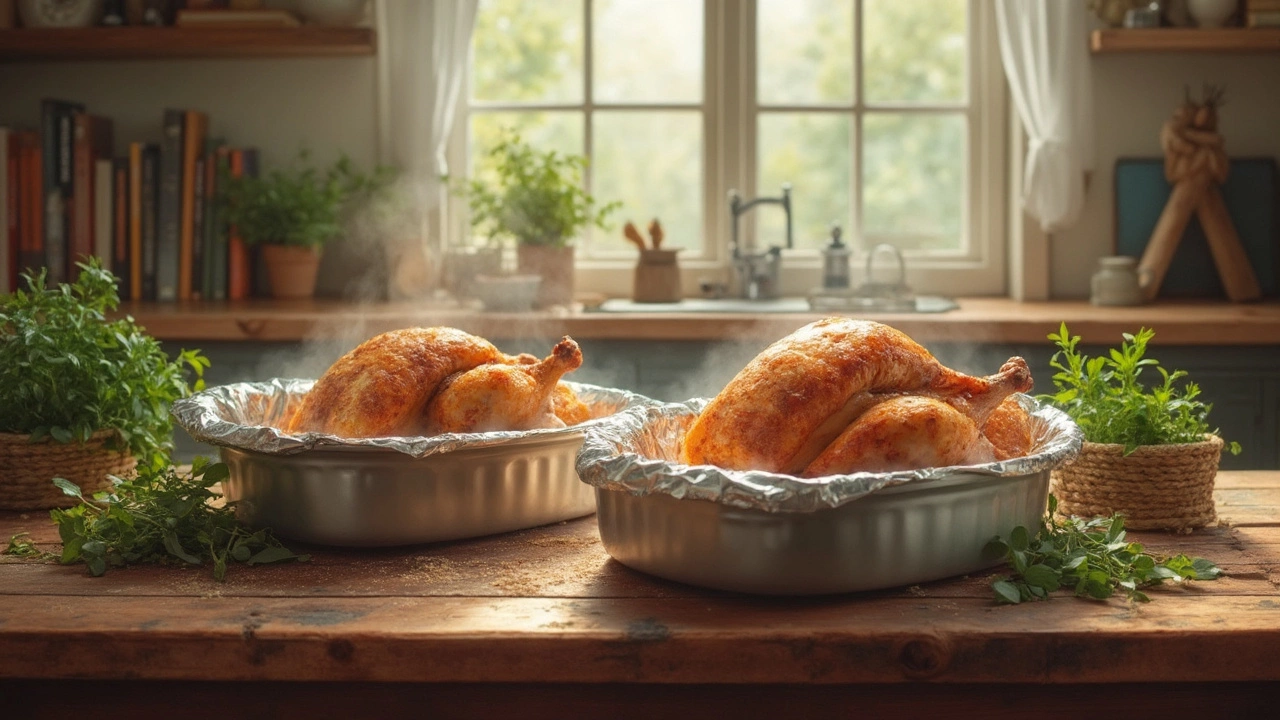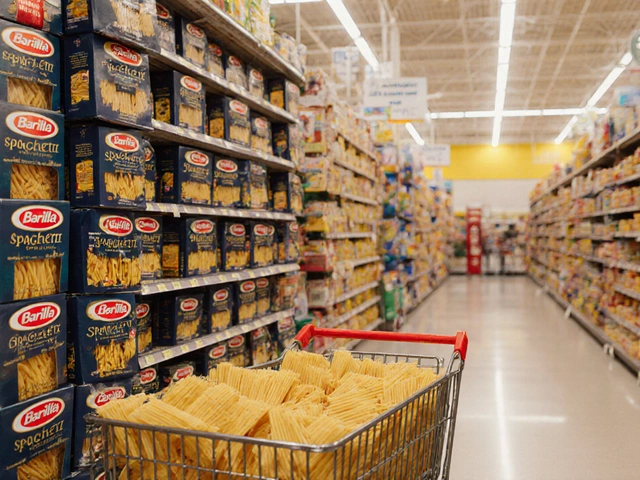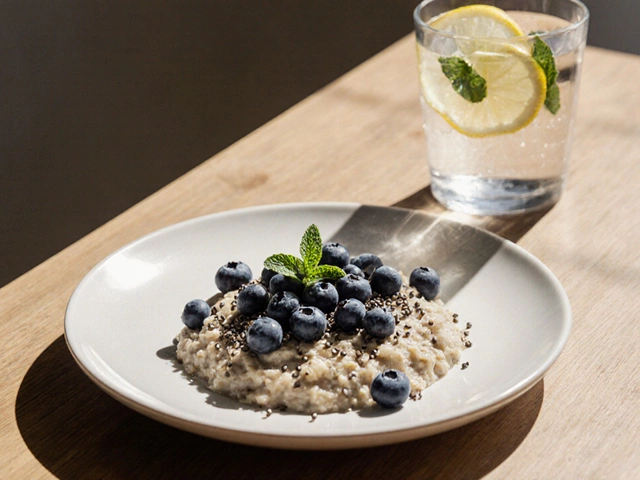Juicy Chicken Made Easy: Simple Tricks for Tender, Tasty Meals
Ever bite into a chicken piece that’s dry and bland? It’s frustrating, especially when you’ve spent time prepping. The good news is that getting juicy chicken isn’t a secret chef skill – it’s about a few practical steps you can follow in any kitchen. Below you’ll find the most common reasons chicken goes dry and the straightforward fixes that work every time.
Why Chicken Gets Dry – Common Mistakes
First, let’s spot the usual culprits. Over‑cooking is the biggest one; chicken breast, for example, loses moisture fast after 10‑12 minutes on high heat. Next, skipping a soak or a rub leaves the meat without a flavor base, so even a perfectly cooked piece can taste flat. Finally, using the wrong cooking method – like a super hot grill without any barrier – can scorch the outside while the inside stays raw, forcing you to finish it longer and dry it out.
Another hidden mistake is not letting the chicken rest after cooking. Cutting into it right away lets the juices run out onto the plate instead of staying inside the meat. And if you’re using frozen chicken, cooking it straight from the freezer can cause uneven heating, leading to dry edges.
Pro Tips for Juicy Chicken Every Time
Now the fun part: easy fixes. Start with a quick brine – dissolve one tablespoon of salt in a cup of water, add the chicken, and let it sit for 15‑30 minutes. This simple soak forces the meat to retain water while cooking.
If you’re short on time, a dry rub works wonders. Mix equal parts paprika, garlic powder, onion powder, and a pinch of brown sugar. The sugar helps caramelize the surface, sealing in moisture.
When it comes to heat, aim for medium‑high rather than blazing hot. For pan‑searing, pre‑heat the skillet, add a splash of oil, then lay the chicken down without moving it for 3‑4 minutes per side. This creates a golden crust that locks juices inside.
Use a meat thermometer – 165°F (74°C) is the safe point. Pull the chicken off the heat as soon as it hits that temperature; the residual heat will finish the cooking without over‑drying.
Don’t forget the rest. Cover the cooked chicken loosely with foil and let it sit for five minutes. This short pause redistributes the juices, giving you a moist bite every time.
Finally, add a splash of flavor after cooking. A drizzle of lemon juice, a pat of butter, or a quick sauce made from pan drippings can brighten the taste and add a silky finish.
With these tips, you’ll turn ordinary chicken into a juicy, flavorful centerpiece for any meal. Whether you’re whipping up a quick weeknight dinner or impressing guests, the basics stay the same: brine or rub, moderate heat, watch the temperature, and let it rest. Try them out and enjoy chicken that’s never dry again.

Chick-fil-A Chicken: Secrets to Tender, Juicy Perfection Revealed
by Landon Weathers / 30 Jul 2025Ever wondered why Chick-fil-A's chicken is so incredibly tender? Get the surprising, science-backed secrets and actionable tips to make ultra-juicy chicken at home.

Why Mayonnaise Keeps Chicken Moist: The Secret to Juicy Recipes
by Landon Weathers / 7 May 2025Mayonnaise is more than just a sandwich spread—it’s a game-changer for juicy chicken. This article breaks down exactly how mayo helps lock in moisture during cooking. Learn why it works, how to use it, and some fresh tips to get restaurant-quality results at home. You'll never look at a jar of mayonnaise the same way again. Plus, you'll find out some common mistakes home cooks make with chicken.

Do I Cover Chicken When Baking? Clear Answers for Juicy Results
by Landon Weathers / 1 May 2025People often wonder if chicken should be covered or left uncovered when baking for the best flavor and texture. This article breaks down when to use foil, how covering or uncovering affects juiciness, and which types of chicken recipes benefit from each method. You'll get straightforward tips, chef secrets, and clear answers to solve the dry chicken dilemma. If you want perfectly baked chicken, here's what you need to know. Every section will help home cooks get results and skip the guesswork.


